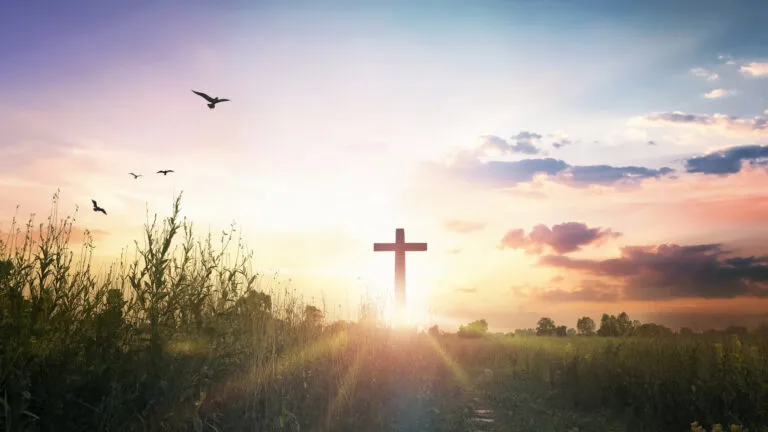Some do, some don’t.
That is, some people, when they pray, do so more “physically” than others. They kneel. They bow. They make the sign of the cross.
For the first few decades of my life, I used my mind, heart, soul and voice when I prayed—but the rest of my body? Not so much.
But I remember C. S. Lewis, in his classic, The Screwtape Letters, portraying the words of Screwtape, a senior demon, advising his apprentice in tempting his human subject. Screwtape said to urge his victim to channel his efforts at prayer in ways that are “entirely spontaneous, inward, informal and unregularized [so as] to produce in himself a vaguely devotional mood.”
Screwtape goes on to say, “At the very least, they can be persuaded that the bodily position makes no difference to their prayers; for they constantly forget, what you must always remember, that … whatever their bodies do affects their souls.”
Since reading those words, I’ve come to appreciate the physicality of prayer. It’s a little easier when I worship in more liturgical expressions of the Christian faith—with my “high church” friends or on my annual retreat at a Trappist monastery. I kneel and bow with the rest and experience great reward in those varied postures of prayer.
But from day to day, my private and corporate worship takes place in more “spontaneous, inward, informal and unregularized” settings. So, I’ve adopted a few practices that help me to remember that whatever my body does affects my soul.
For example, when I’m reading a Bible passage that refers to God as king or mentions His holiness, I’ll bow as often as that word occurs. I do the same when singing hymns or worship songs in public. (Some songs give me a really good workout).
In both private and public worship, I’ll often cup my hands in an expression of receptiveness to God or lift my hands heavenward in a gesture of praise. In more intimate moments, I’ll pat my chest or cup my hands over my heart as a prayer for God to touch me, fill me or work in me. And sometimes I’ll clap with enthusiasm and joy over what God is saying or how He is moving in my heart and mind.
I admit, I kneel less often. But since I worship in a congregation that employs an altar or “mercy seat” in the front of the chapel, I’ll sometimes respond to an altar call or seek out that place when the chapel is empty. (I’ve even lain face down in that empty chapel, asking God for answers to my desperate prayers—and He did answer!)
Whether or not you pray “spontaneous, inward, informal and unregularized” prayers or not, your bodily position and action do make a difference. How does your praying reflect that?





